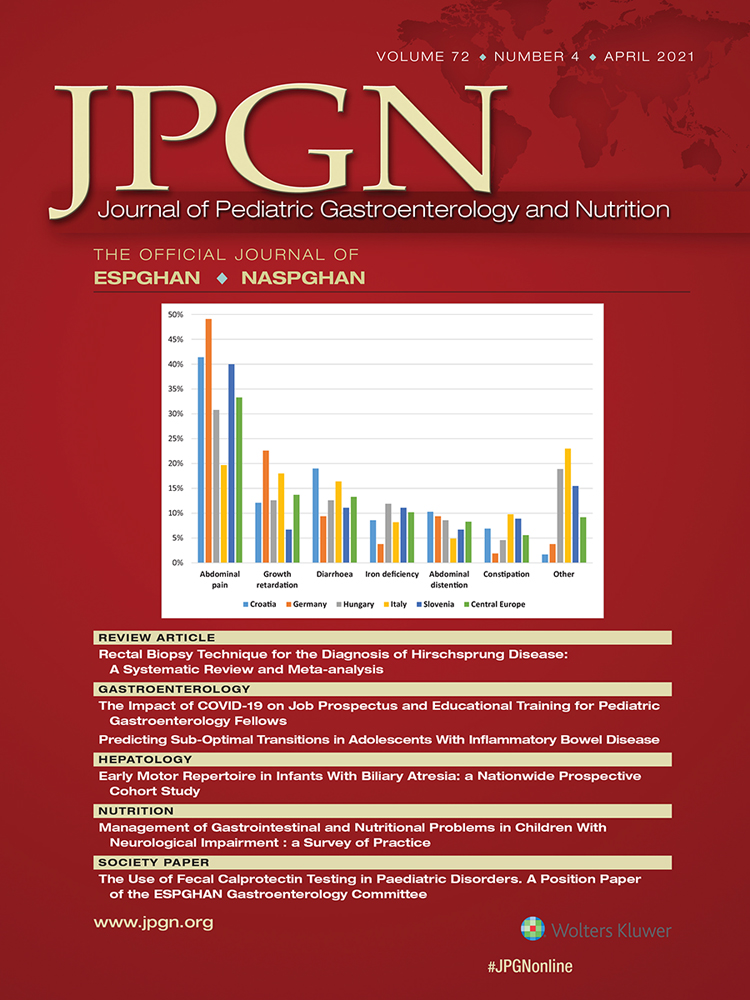Incidence of Depression and Anxiety in a Cohort of Adolescents With Nonalcoholic Fatty Liver Disease
Supported in part by the National Institutes of Health (UL1TR000100 and UL1TR001442). The funders did not participate in the conduct of the study; collection, management, analysis, and interpretation of the data; and preparation of the manuscript. The content is solely the responsibility of the authors and does not necessarily represent the official views of the NIH.
Noon and D'Annibale contributed equally and share co-first authorship.
The authors report no conflicts of interest.
ABSTRACT
Objectives:
To determine the incidence of clinically diagnosed depression and anxiety in adolescents with nonalcoholic fatty liver disease (NAFLD).
Methods:
This was a prospective, longitudinal cohort study between January 1, 2012 and July 1, 2018 conducted in a Children's Hospital Pediatric Gastroenterology Clinic. Participants included adolescents 12 to 17 years old at baseline with biopsy-confirmed NAFLD. The primary outcomes were having depression and/or anxiety based upon a clinical diagnosis established by a physician or psychologist. The rates of depression and anxiety were measured at baseline and longitudinally throughout follow-up.
Results:
A total of 160 adolescents with NAFLD were followed for a mean of 3.8 years. At baseline, 8.1% had a diagnosis of depression. During follow-up, an additional 9.5% (95% confidence interval, 4.7–14.3) developed depression. The incidence density of depression was 27 new cases per 1000 person-years at risk. In adolescents with NAFLD, 6.3% had anxiety at baseline and 6.7% (95% confidence interval, 2.6–10.7) developed anxiety during follow-up. The incidence density of anxiety was 18 new cases per 1000 person-years at risk. The change in alanine aminotransferase was significantly worse for adolescents with NAFLD who developed depression compared to those who did not develop depression (P < 0.01).
Conclusions:
Adolescents with NAFLD had a high incidence of clinically diagnosed depression and anxiety. The rates were higher than expected relative to the available data in the general population. Addressing this mental health burden will require efforts at both the patient level and the systems level.




